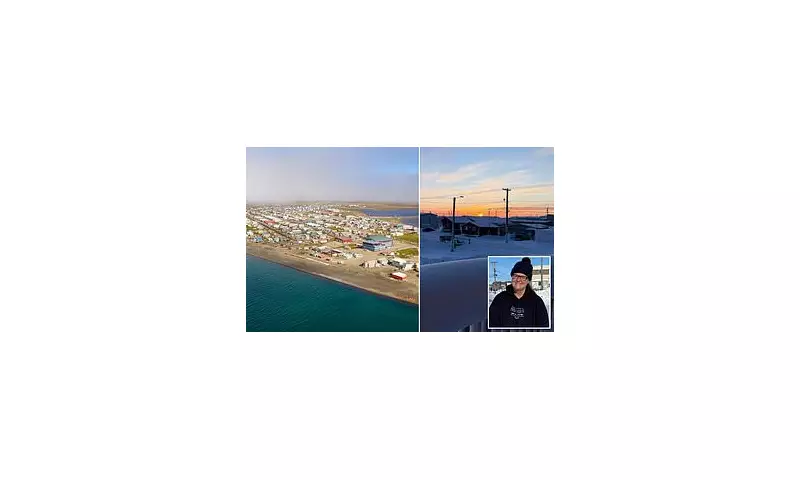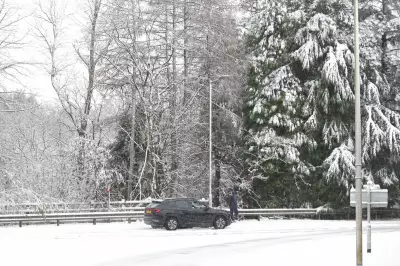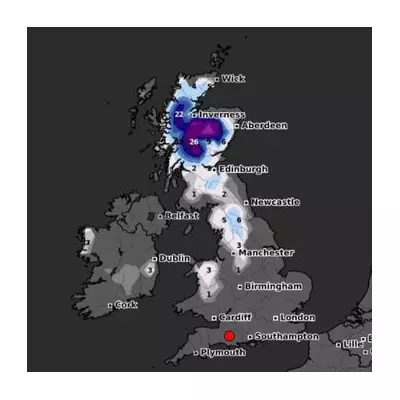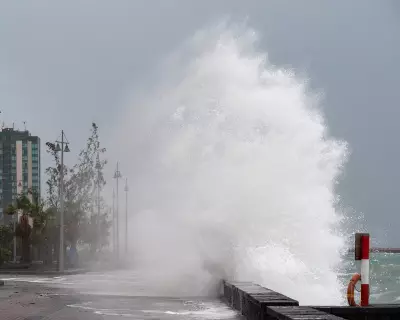
The northernmost town in the United States is preparing to enter its annual polar night, plunging its 4,300 residents into 66 days of continuous darkness. Utqiaġvik, Alaska, formerly known as Barrow, experiences this extraordinary natural phenomenon each winter due to its extreme northern location.
The Science Behind the Darkness
This year, the sun will set at approximately 1.36pm on November 18 and won't rise again until 1.23pm on January 23. The town sits some 320 miles within the Arctic Circle, at a latitude where polar night occurs as the Earth tilts away from the sun during winter. According to timeanddate.com, this means "none of the Sun's disc is visible above the horizon at all" during this period.
Local schoolteacher Robin Reeves, who moved from Arkansas in 2022, explains that the transition isn't sudden. "Polar night is a gradual thing; the days shorten by 15-18 minutes per day," she told the Daily Mail. This will be her fourth experience of the phenomenon.
Daily Life During the Dark Months
Residents face temperatures plummeting to single digits and must adapt their routines significantly. Reeves describes her typical day: "Getting up at 7am and checking my weather app for the temperature and the wind chill. That determines my clothing choices for the day."
She emphasises that staying connected with the community is crucial for mental wellbeing during the challenging months. "It is very important to have friends and contact with other people. Being a loner up here is not a good thing," Reeves said. "I have a group of friends that we play board games and other activities to keep us engaged."
The darkness presents unique challenges, particularly regarding sleep patterns. "You don't get the physical cues that it's time to wind down and go to bed," Reeves noted, adding that this can be particularly difficult for students needing sufficient rest for school.
Coping Strategies and Community Spirit
Many residents employ various methods to combat the effects of limited sunlight. "Some people have 'happy lights' that help. I make sure to take a vitamin D supplement every day," Reeves explained.
Transportation becomes more complex during polar night, with most community members sharing cabs due to costly gasoline. "It is dark when we leave for school, and it is dark when we return," Reeves said. "For me, I don't see anything resembling daytime until the weekends."
Despite the challenges, Reeves celebrates the unique cultural experience. "Utqiaġvik is one of the most culturally diverse communities I have ever experienced," she said. The community marks the end of polar night with a "welcome back the sun" dance celebration.
She maintains a positive outlook, noting that the experience creates a special appreciation for sunlight. "It truly makes you appreciate the sunshine after months in the darkness." Reeves also maintains her sense of humour, watching the vampire film 30 Days Of Night - set in her town - and "laughs at all the inaccuracies about what really happens."





